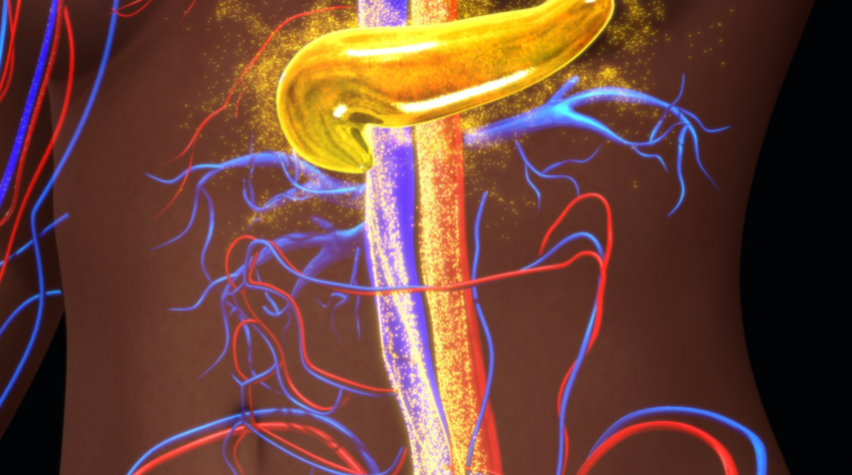
By Hailey A. Murphy
Approximately 29 million people in the U.S. have been diagnosed with Type 2 diabetes — about 9% of the population. Some attribute this epidemic to targeted food advertisements, as well as the ubiquity and ease of fast food. However, Type 2 diabetes has a stronger link to genetics than some may think.
The mechanics of diabetes
Type 2 diabetics either do not produce enough insulin or resist the effects of insulin, which is a hormone that is secreted by the pancreas and is essential to regulating blood glucose levels. Diabetics struggle to control their blood sugar, often oscillating between hyperglycemia and hypoglycemia. Insulin resistance may occur when sugar intake is extreme. Eventually, the receptors that respond to insulin and distribute the glucose to cells in their environment become unresponsive. Therefore, the cells cannot maintain blood glucose homeostasis, and blood glucose levels rise to dangerous levels, which can cause damage to various parts of the body.
Current treatments
Diet and exercise can help to minimize the risk of developing Type 2 diabetes. Maintaining a healthy diet and reducing sugar intake can help regulate blood sugar. Exercise can help to reduce blood glucose levels by causing muscles to take up glucose to produce energy.
Current therapies to treat Type 2 diabetes include insulin injections and oral medications (taken before each meal), as well as maintaining a strict diet. These treatments are time-consuming and inconvenient, as well as expensive. The average cost of medications and insulin pumps can range from $2,000 to $5,000 per month.
Diet and exercise may not be enough to prevent Type 2 diabetes, which is believed to have a strong genetic link. Researchers have studied several genes associated with the disease that regulate and affect insulin secretion, as well as transfer glucose to the pancreas. There is a need for engineers and biologists to study the genes that may be an underlying cause.
How synthetic biology could help
The field of mammalian synthetic biology could offer a solution to the diabetes epidemic. Mammalian synthetic biology enables engineers and scientists to change the way a mammalian cell responds to diverse environmental factors. Synthetic biology can tackle specific mammalian cell behavior, enabling therapies that are specific to a patient. Such targeted treatments are more effective because they are adapted to the unique environment of each patient’s cells.
Developing personalized medicine involves studying the sequence of genomes in various organisms. Gene sequencing can provide new understandings of disease pathways, which lead to revelations of disease risk prediction, preventive medicine, and the discovery of personalized drugs.
Researchers working in mammalian synthetic biology are able to build on this knowledge to create biological networks with functionalities that do not exist in nature. These therapeutic gene circuits could offer a cure to Type 2 diabetes. Scientists have studied a gene circuit that can target blood glucose homeostasis. This gene circuit triggers signals that regulate transgene expression in animals. During the signaling process, promoters are activated and the expression of peptides that would normally promote blood glucose homeostasis are restored. Optimizing this circuit could help to control the oscillation of blood glucose levels in diabetics.
Researchers are also looking at treatments using adiponectin, the most abundant adipose tissue-derived hormone. Because of its inverse correlation with insulin resistance, increasing adiponectin in the blood can help to treat insulin resistance. In one study, researchers implanted an insulin-sensor device into human embryonic kidney cells. The device was activated by high insulin levels in the blood and triggered a corresponding expression of adiponectin to reverse insulin resistance and restore glucose and lipid homeostasis.
Scientists and engineers have implemented gene editing tools and gene circuits to discover potential treatments and cures for genetic diseases. These methods draw attention to mammalian synthetic biology and can even spark collaboration at workshops such as the SBE International Mammalian Synthetic Biology Workshop (May 5–6, 2018, Boston, MA). This workshop brings together mammalian synthetic biology professionals to discuss their research, and ultimately develop therapies and methods to prevent diseases.


